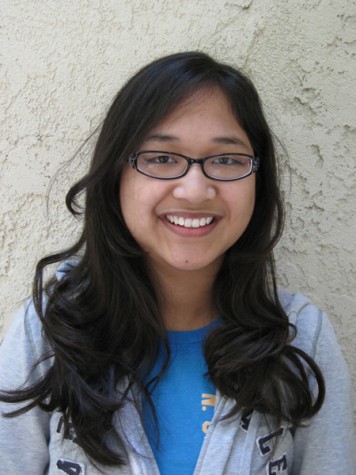The patient is 4.6 billion years old.
The patient is does not have enough water to sustain itself, has a bad fever and smokes.
The patient is the earth and she is sick.
Associate Geography Professor Michael Reed gave a lecture on April 28 detailing some of the damage humans have done to the environment and outlined possible solutions.
Reed began his lecture with a warning.
“I’m going to tell you a lot of terrible things today,” said Reed.
He then compared the earth to a patient and himself as the doctor who was delivering a diagnosis and prescription.
The beginning of earth’s ailment was 70,000 years ago.
Since then humans have inhabited most of the world and began depleting its resources. According to Reed areas that have not been affected much are those that do not have resources that humans value.
In 1975 humans began using more resources than the world could replace. Humans are using non-renewable resources at a rapid pace and 15 of 24 services that ecosystems provide are declining.
The planet is entering a sixth mass extinction. In this extinction half the world’s forests are gone. Half of all the wetlands have disappeared. In the last 35 years 35 percent of mangroves have been destroyed. Half the planet’s grasslands are gone, and 20 percent of the coral reefs have been lost.
In the last 500 years humans have caused 869 species to go extinct. This rate is between 100 or 1000 times higher than the rate before humans began tampering with the earth. The reason that the rate is not completely accurate is because no one knows how many species there are on earth.
Another aspect of the mass extinction is that 75 percent of all fishing companies are in decline. This is because the fish populations are not given enough time to re-populate before they are fished again.
This over-fishing leads to hypoxic dead zones. Hypoxic dead zones are areas of the ocean that have absolutely no life in them; and the world currently has 415 of them.
These dead zones can be found all around the world including the Gulf of Mexico, and the west coast of the United States. The hypoxic dead zone in the Gulf of Mexico covered enough area to fill all of Minnesota’s 10,000 lakes.
The stress on the earth does not end there. Of the world’s rivers, 99 percent of them have an industrial dam on them. The Colorado River, which once ran into the Pacific Ocean, no longer reaches that point because of the dams that have blocked its path.
Reed said that in America, 40 percent of all rivers and lakes are not fit to swim in. He then brought up the eye-opening statistic that 80 percent of China’s rivers are unfit for human contact.
Pollution is not only in the planet’s rivers but it is also in the air. Reed said that an excess of air pollution kills three million people per year.
This pollution is causing the bad fever that Reed diagnosed the world with.
This fever is causing the polar ice caps to melt faster than ever predicted. Also a heat wave from July to August in 2003 killed 40,000 to 50,000 people in Europe.
In reference to what is happening to the environment, Reed said “How many times do you have to get hit on the head before you say ouch?”
The technology that is available today makes it impossible to deny the impacts humans are having on the earth.
“One of the good things about having satellites are we cannot deny the impact,” said Reed.
The satellite images that anyone can look up on Google show views of the earth from space. The pictures can be used to compare what place looked like from year to year. They make it easy to see the human effects.
The diagnosis for the earth is HIPPO, which stands for Habitat loss, Invasive species, Population, Pollution, and Over-harvesting. Along with HIPPO part of the diagnosis is an addiction to fossil fuel.
Reed said that fossil fuel is a cheap high. This is because one gallon of gas has the ability to do 600 hours of human labor.
With that kind of power it seems logical to use fossil fuel to do anything and everything. Humans use fossil fuel to power cars, to power homes and business, to power planes.
Try to imagine what like would be like without fossil fuel? It is difficult to do, but those fuels are damaging the planet and need to be severely limited.
The prescription that Reed gave was truth serum.
Reed called for a mission for clean energy now, the elimination of all subsidies and tax breaks for dirty energy production, the requirement of green accounting processes, and to demand clean energy.
People also need to support politicians that are focused on making positive environmental changes.
“If people lead, the leaders will follow,” said Reed.
Students at GCC can join the Environmental Club if they want to see a change on campus. They can also take Geography 106 which is Human Impact on the Environment. The class teaches all about the problems that the earth faces environmentally, and then poses a positive solution.
Also students can carpool when coming to school, take the bus, recycle, and do other activities to loosen their impact on the environment.
The informative lecture ended on one last note about protecting the planet.
“Protect it, because a good planet is hard to find,” said Reed.

